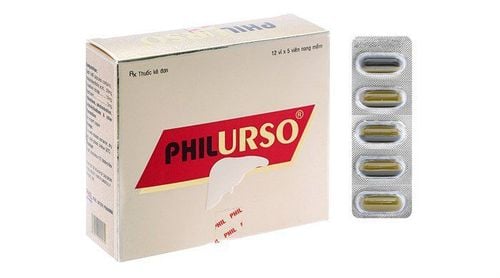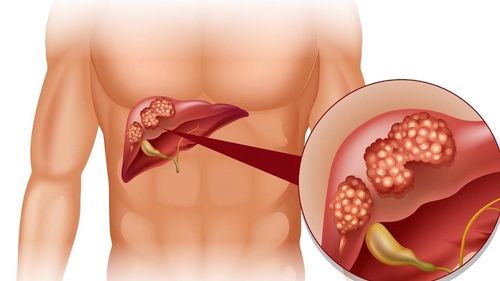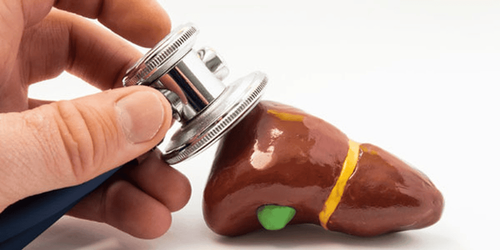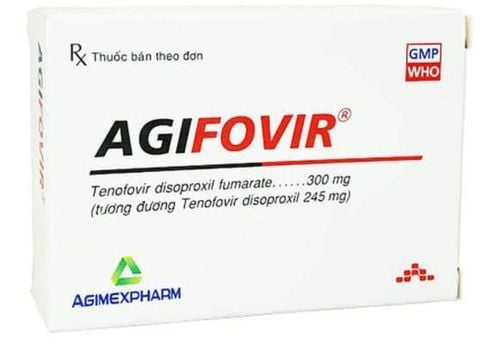This is an automatically translated article.
The article is expertly consulted by Master, Doctor Luu Thi Bich Ngoc - Doctor of Radiology - Department of Diagnostic Imaging and Nuclear Medicine - Vinmec Times City International General Hospital. The doctor has 06 years of experience in the field of diagnostic imaging.1. General
Hepatobiliary ultrasound is a common imaging method to help evaluate lesions in the liver and biliary tract. From the results obtained, it will help to screen and diagnose common diseases in the liver and biliary tract. Hepatobiliary ultrasound can be performed separately or together in general abdominal ultrasound.Advantages of the hepatobiliary ultrasound technique include:
The process of hepatobiliary ultrasound takes place quite quickly (under 20 minutes). Accurate results, high diagnostic value of hepatobiliary disease. The procedure is done gently and comfortably. The process is safe for human health. Applicable to all patients of all ages and genders. Hepatobiliary ultrasound plays an important role in:
Detecting various types of liver damage, liver diseases such as: liver cancer, liver abscess, fatty liver, liver fluke, cirrhosis, ascites, cysts liver, benign tumors... Detecting abnormalities in bile, biliary tract diseases such as: bile duct stones, sclerosing cholangitis, gallbladder cancer, gallbladder abscesses, gallbladder polyps, disorders biliary tract movement... Assess the severity and stage of the disease, thereby recommending appropriate treatment.
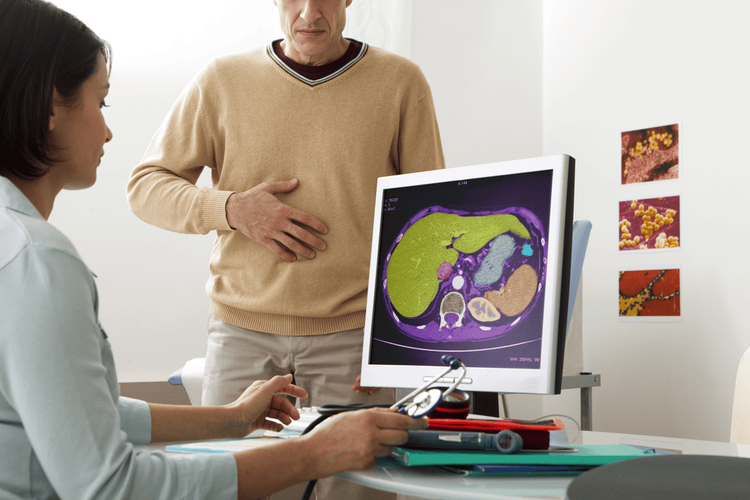
2. When should hepatobiliary ultrasound?
In order to detect the disease early, the patient should perform an early liver ultrasound when seeing the following signs:Yellow skin and eyes: caused by increased bilirubin in the blood, impaired liver function, causing the ability to eliminate bilirubin on its own. affected. Abdominal distention: due to free fluid accumulation in the abdomen. Appearance of cobwebs on the skin: the appearance of spider webs on the skin as thin as small blood vessels is also a sign of liver disease. Dark urine: also due to high amount of bilirubin excreted with urine. Patients need to perform cholangiography when they notice the following signs:
Long-lasting yellowing of the skin (from 2 weeks or more): especially in young children, after the child has gone through the physiological jaundice stage and still Severe jaundice, growth retardation, anemia need early biliary ultrasound. Discolored stools despite a normal diet. The more severe the gallbladder disease, the more obvious the discoloration. Unusually dark urine. In addition, other symptoms such as liver failure, ascites, edema, skin bleeding due to the body's inability to absorb vitamin K... should also be noticed and performed a hepatobiliary ultrasound to diagnose as soon as possible. the better.
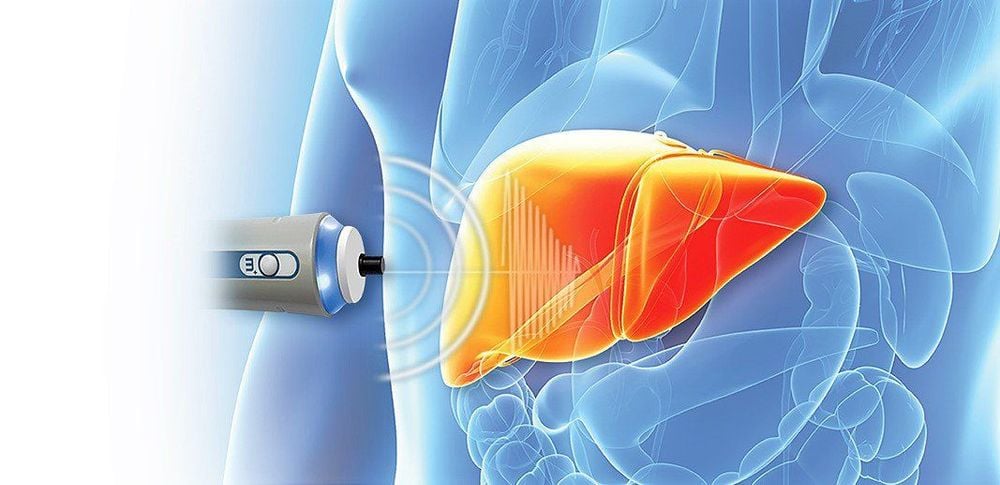
3. Hepatobiliary ultrasound procedure
The process of hepatobiliary ultrasound will be carried out in turn according to the following steps:Step 1: The patient lies on his back on the examination bed, pulls his shirt to reveal the abdomen convenient for ultrasound, and at the same time takes a deep breath and holds his breath to lower the blood pressure. Lower the liver to avoid gas in the colon. Step 2: The doctor applies a layer of gel on the patient's abdomen to help the detector make sure contact with the body, preventing air in between the detector and human skin. Step 3: The doctor moves the transducer to the areas of the body that need to be examined. The transducer emits high-frequency ultrasound waves that capture images of the liver and biliary tract and display them on the screen. Step 4: The doctor wipes the gel applied initially and ends the hepatobiliary ultrasound. The ultrasound takes less than 20 minutes and does not cause any pain or affect the patient.
4. Some notes when ultrasound hepatobiliary
For those who have never performed an ultrasound of the liver and biliary tract, of course, there will be a certain amount of anxiety. In order for the liver ultrasound process to take place quickly and accurately, you can pay attention to the following:Before the hepatobiliary ultrasound, the patient should fast for 6-8 hours to keep the gallbladder in its normal size, easy visit. The best time for ultrasound is in the morning.

With the above extremely important meaning, liver ultrasound is one of the indispensable checks in the GENERAL HEALTH EXAMINATION packages at Vinmec International General Hospital. The ultrasound process is carefully performed by experienced and highly qualified sonographers, radiologists, modern ultrasound systems, high technology, providing detailed and clear images. , detects very small irregular images. Early detection of disease and signs of disease will greatly help the treatment process later.
Please dial HOTLINE for more information or register for an appointment HERE. Download MyVinmec app to make appointments faster and to manage your bookings easily.





